
The history of energy development is the evolutionary history of human technological civilization. In the earliest stages of human civilization, humans used fire for warmth, lighting, and cooking, with wood being the main source of fuel. Later on, people began to harness the power of water to drive water wheels for irrigation and other tasks. Entering the Industrial Revolution, wind power and coal began to be utilized as sources of energy; wind power was used to propel ships, and the heat from coal drove machinery for mechanized production. With the advancement of technology, people gradually discovered petroleum and natural gas with better energy value. Subsequently, petroleum and natural gas gradually replaced coal as the main sources of energy, promoting the rapid development of transportation and the chemical industry. In the mid-20th century, nuclear energy was introduced as a clean source of energy for power generation and aerospace fields. In recent years, renewable energies such as solar, wind, and hydro have been widely applied, becoming an important means to address climate change and energy crises. With the progress in battery technology and materials, batteries have increasingly become the mainstay of energy in people's lives, participating in almost every scenario of life. Because electrical energy is cleaner and more environmentally friendly compared to traditional fossil fuels, and it is also easier to obtain manufacturing materials, humans will rely more on this clean energy in the future. The evolution of human energy use is full of innovation and change. We need to continue to commit to the development of clean, sustainable energy technologies to contribute to building a more environmentally friendly society in the future.
Batteries, as energy storage devices, play an essential role in various fields such as mobile devices, electric vehicles, and renewable energy systems. In the realm of mobile devices, including smartphones and tablet computers, batteries provide portability and endurance. In the domain of electric vehicles, batteries have propelled the development of clean transportation. Within renewable energy systems, once wind energy, kinetic energy, and solar energy are converted into electrical energy, they can be stably stored in batteries. The batteries then achieve smooth energy output and storage, helping to address the intermittency issues associated with renewable energy sources. Continuous advancements in battery technology, such as the increased energy density of lithium-ion batteries, enhanced safety, and extended cycle life, have provided more efficient and environmentally friendly energy solutions across various industries and sectors. Moreover, the research and development of new types of battery technologies, like sodium-ion batteries, potassium-ion batteries, lithium-air batteries, hydrogen fuel cells, and nuclear batteries, indicate that the application of batteries will have a broader prospect and a more profound impact.
Batteries, as the preferred choice for future energy sources, have several advantages including high energy density, long cycle life, rapid charging and discharging capabilities, no memory effect, and a wide operating temperature range. They are a form of clean energy that does not produce emissions or greenhouse gases, helping to reduce environmental pollution and are an essential part of sustainable development. As technology advances, an increasing number of batteries are made from renewable materials, reducing reliance on finite resources and promoting the development of a circular economy. Batteries can efficiently store electrical energy and release it when needed, improving energy utilization efficiency and reducing waste. They can be flexibly installed in various devices, providing portable energy solutions for mobile and emergency equipment.
However, batteries also have some drawbacks. Currently, the cost of battery production is relatively high, especially for large-scale applications, which may limit the popularization and application of battery technology. The manufacturing of batteries requires a large amount of rare metals and materials, such as lithium and cobalt, the mining and recycling of which present challenges that could lead to insufficient resource supply and environmental issues. Certain types of batteries have safety risks, such as the potential for overheating and short-circuiting, necessitating enhanced safety management and technological innovation to ensure the safety and stability of batteries. Batteries have a limited number of charge and discharge cycles, and their performance gradually declines with use, requiring periodic replacement and disposal of waste batteries. There are also limitations regarding their ability to handle high current discharges, and the need for complex protective circuits to prevent overcharging and deep discharging.
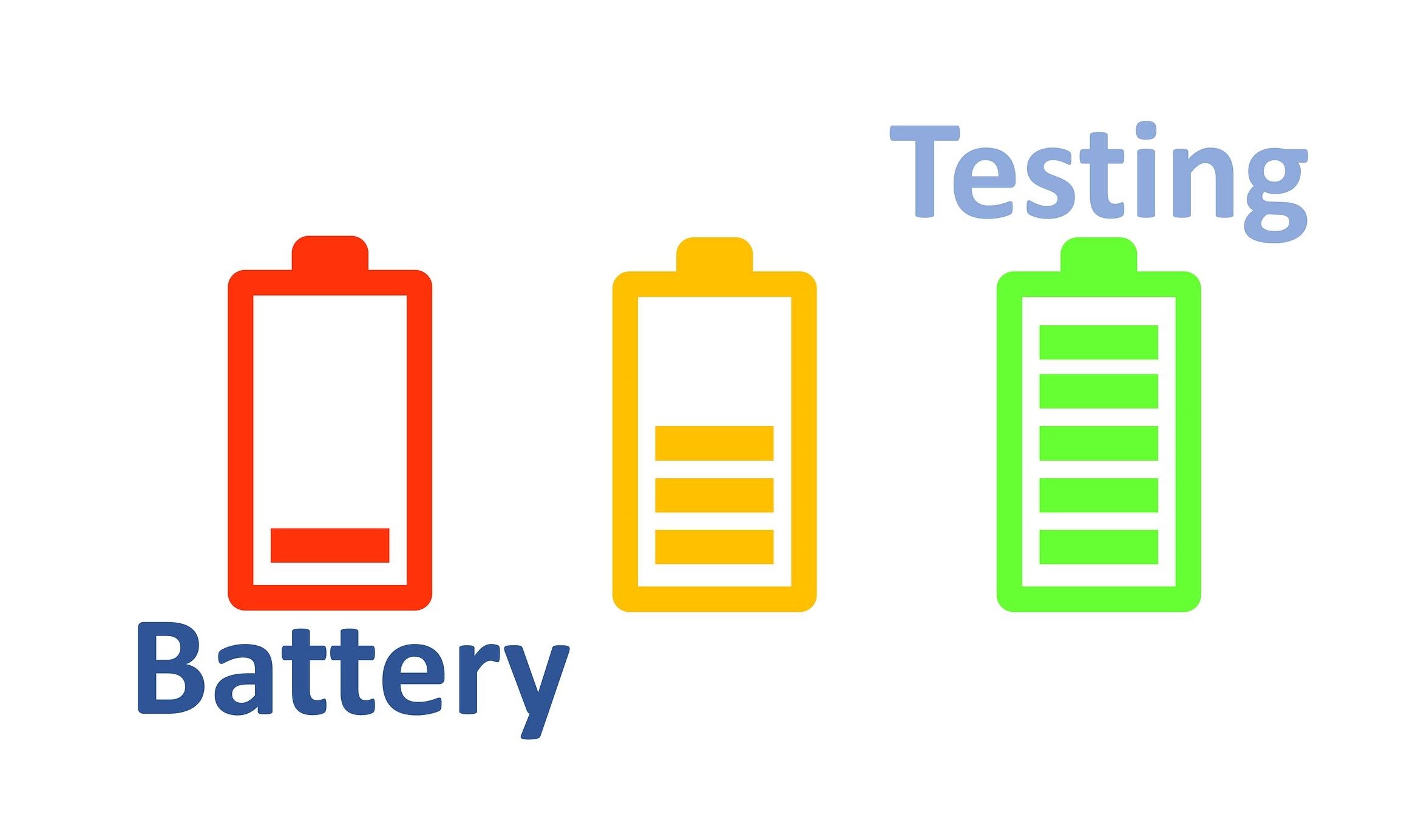
Battery testing is a crucial step in ensuring the performance, safety, and reliability of batteries. Its primary purpose is to assess the performance parameters of batteries, including capacity, internal resistance, energy density, power, charging and discharging efficiency, cycle life, and safety. Through testing, issues in the design and production process can be identified, product quality can be improved, market competitiveness can be enhanced, and regulatory requirements can be met. These tests help to understand the performance of batteries under different conditions, such as varying temperatures and current rates.
Battery testing has a significant impact on the innovation and development of battery technology, providing an important evaluation method for the development of new materials, accelerating the application and commercialization process of these materials. Through battery testing, the life performance of batteries under different cycling conditions can be analyzed, providing technical support for extending battery cycle life, reducing costs, and improving reliability.
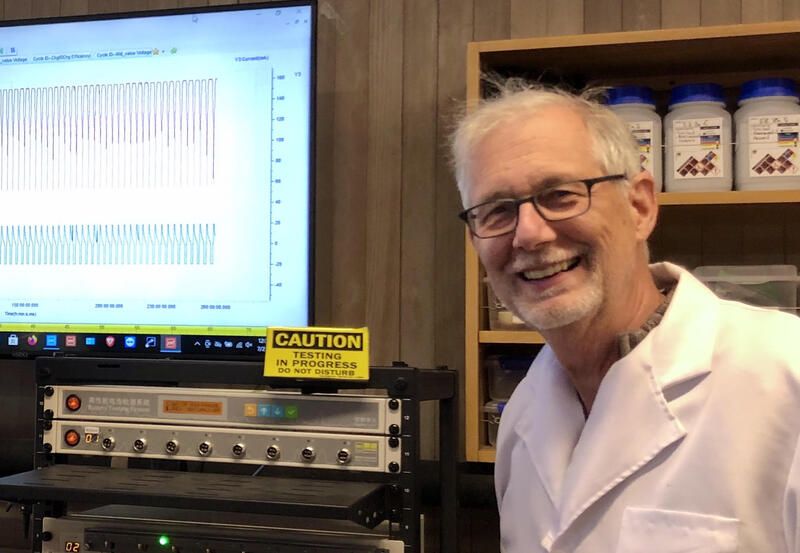
NEWARE holds a significant influence and has an extensive business scope in the battery testing industry. Since its establishment in 1998, NEWARE has focused on providing high-performance battery testing systems, formation and sorting systems, environmental test chambers, and automation equipment for battery manufacturers, electric vehicle manufacturers, energy storage battery supporting enterprises, national quality inspection departments, universities, and research institutions.
The business scope of NEWARE covers a full range of battery testing solutions, from button-shaped cells, TWS earphone cells, 3C digital cells, smart notebook cells, power cells to PACK module testing. NEWARE's battery testing systems meet a comprehensive range of testing needs, from single cells to battery packs and modules, including tests for capacity, cycle life, DC internal resistance, and battery performance at various charge and discharge rates.
NEWARE's products and services are recognized globally, with over 26 years of experience in battery testing, serving more than 1000 enterprises and 50000+ clients. NEWARE offers customized testing solutions according to customer needs, meeting the testing requirements for different types of batteries and application scenarios. NEWARE provides professional technical support and after-sales service, assisting customers in solving problems during use, ensuring the normal operation of testing equipment and the smooth progress of testing processes.
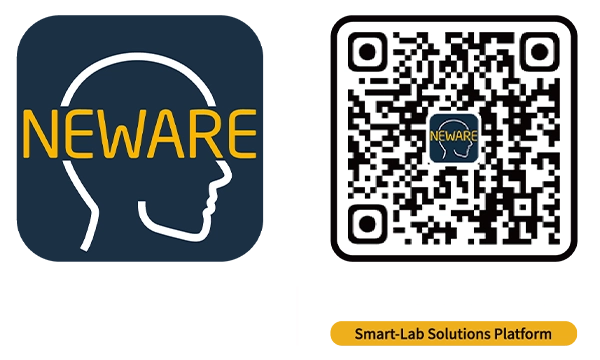

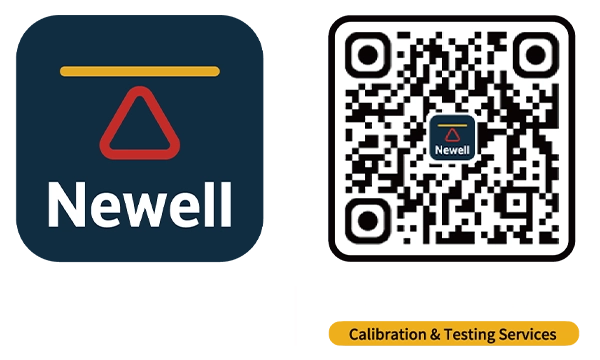
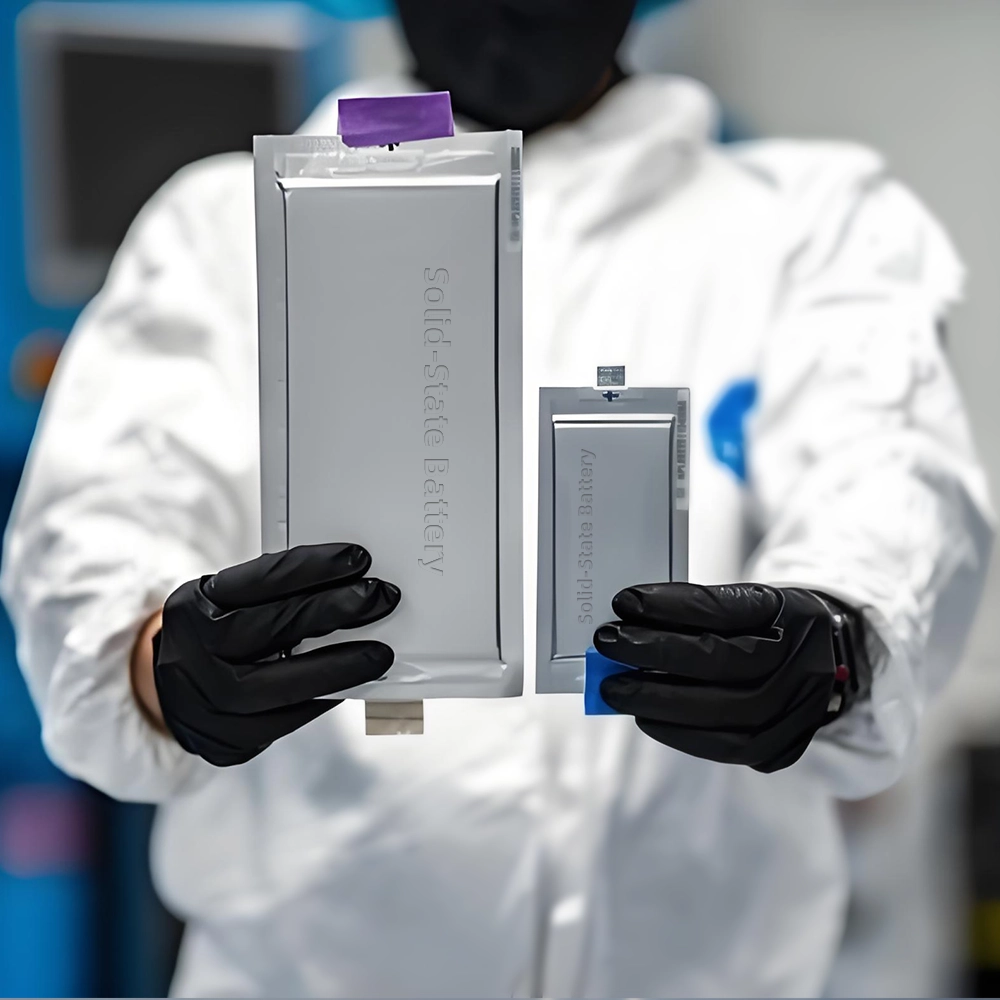
The lab focuses on solid-state battery research to overcome traditional lithium batteries' safety and energy density issues, supporting environmental sustainability. It develops innovative solid-state electrolytes, refines electrode materials, and investigates ion transfer and interface stability to revolutionize battery technology.

The electric vehicle battery industry is rapidly developing, focusing on technological innovation, market competition, and sustainability. Research hotspots include solid-state batteries, new types of electrolytes, BMS optimization, and recycling technologies. The environmental adaptability, safety, and economic viability of batteries are key research areas, and the industry is expected to undergo more innovation and transformation.

We specialize in battery preparation technology research, focusing on overcoming existing energy storage challenges by innovating in electrode materials, battery chemistry, and manufacturing processes to improve performance, enhance safety, and reduce costs. Sustainability and recycling technologies for batteries are also emphasized to mitigate environmental impacts and foster the growth of green energy.